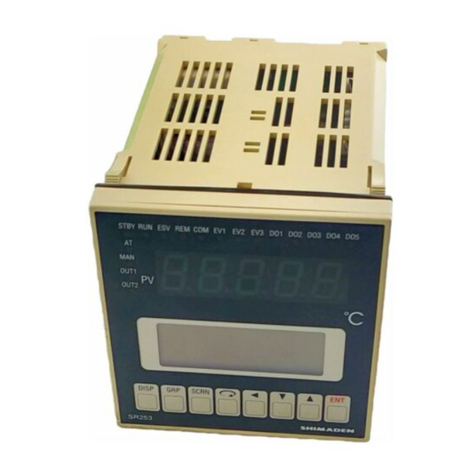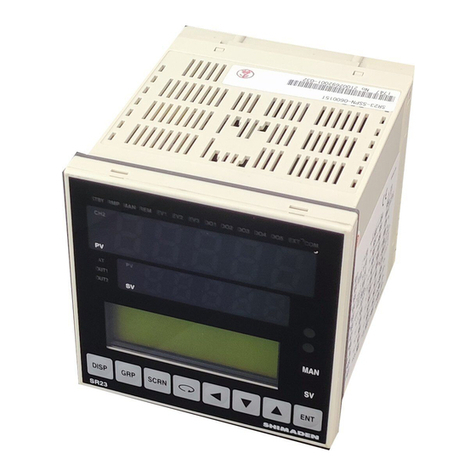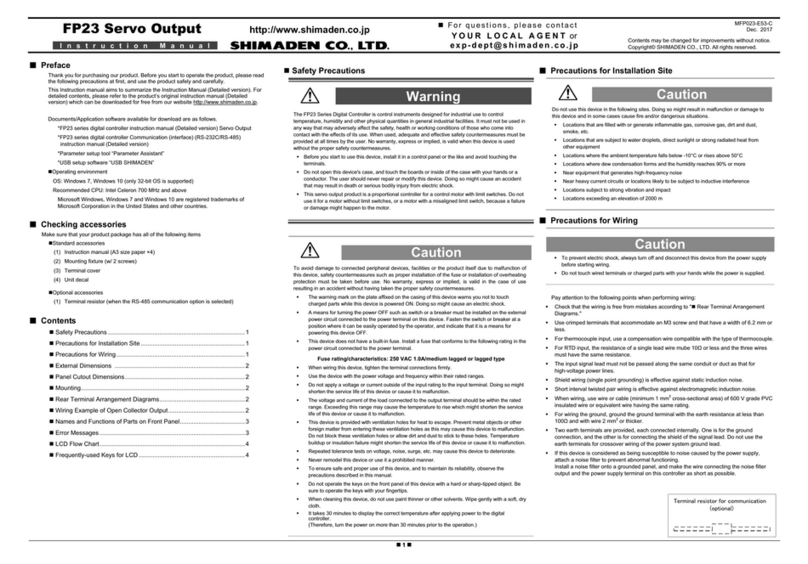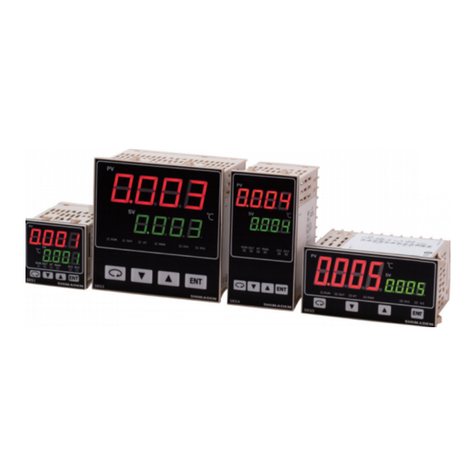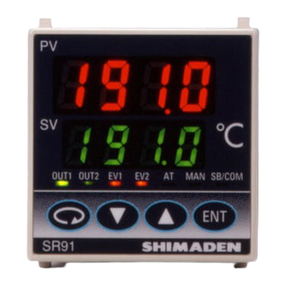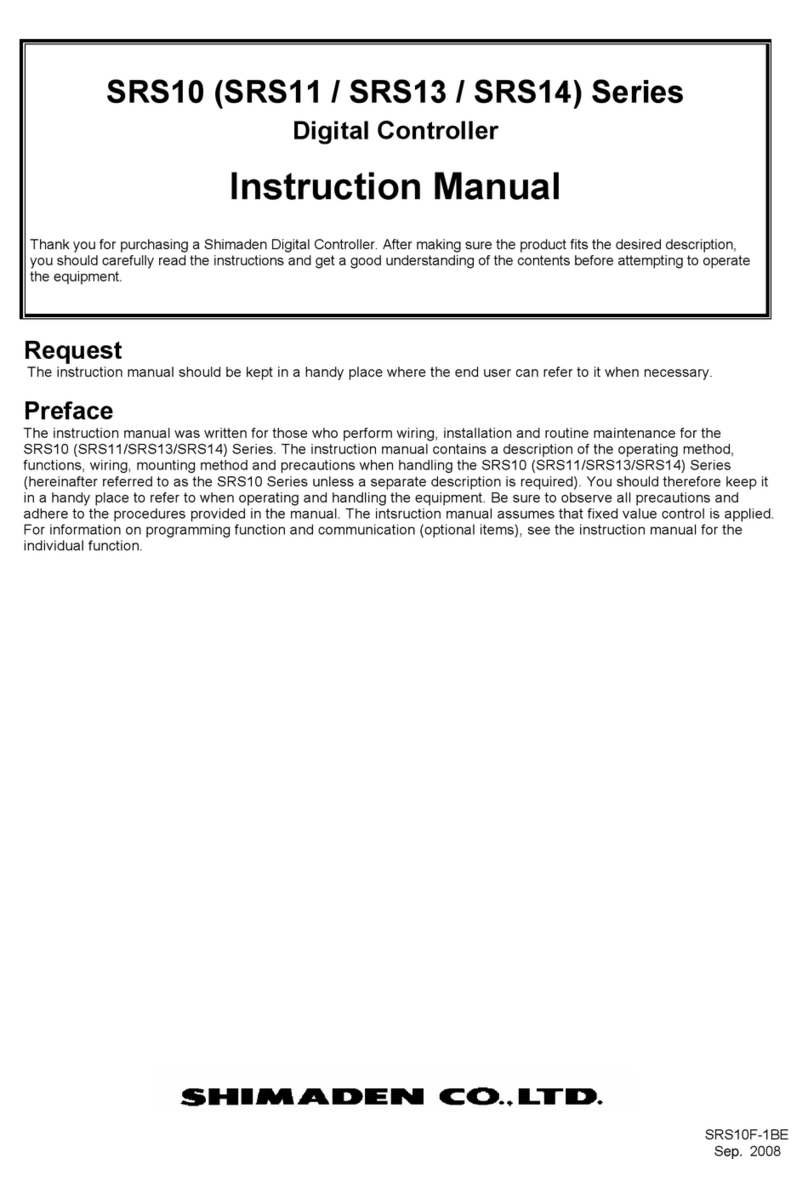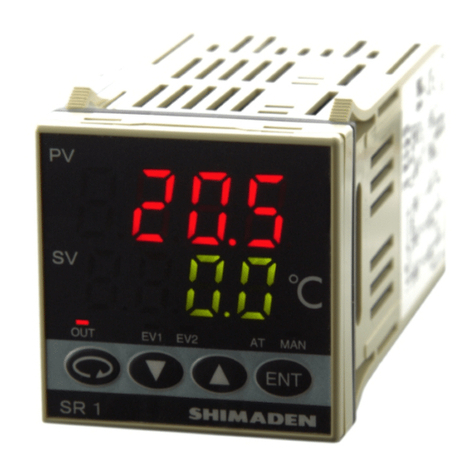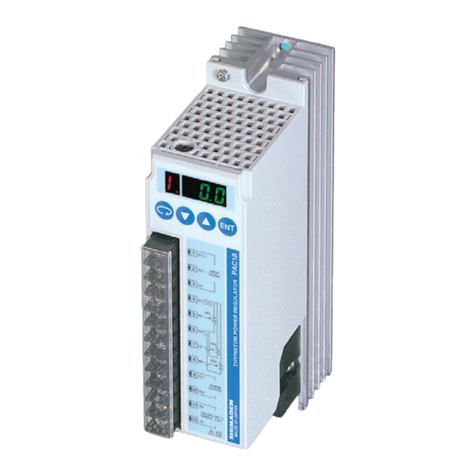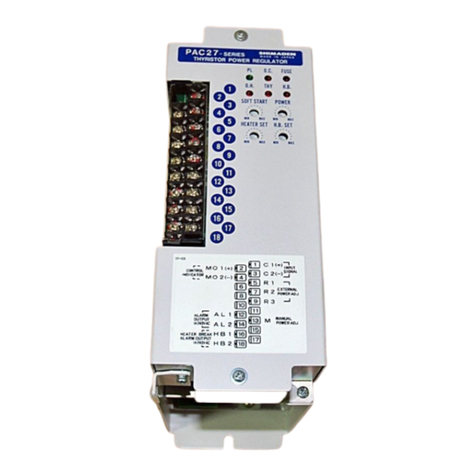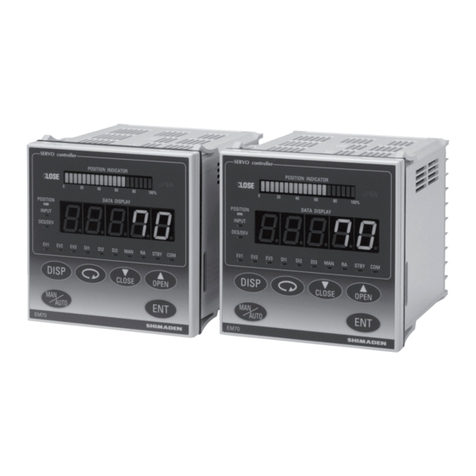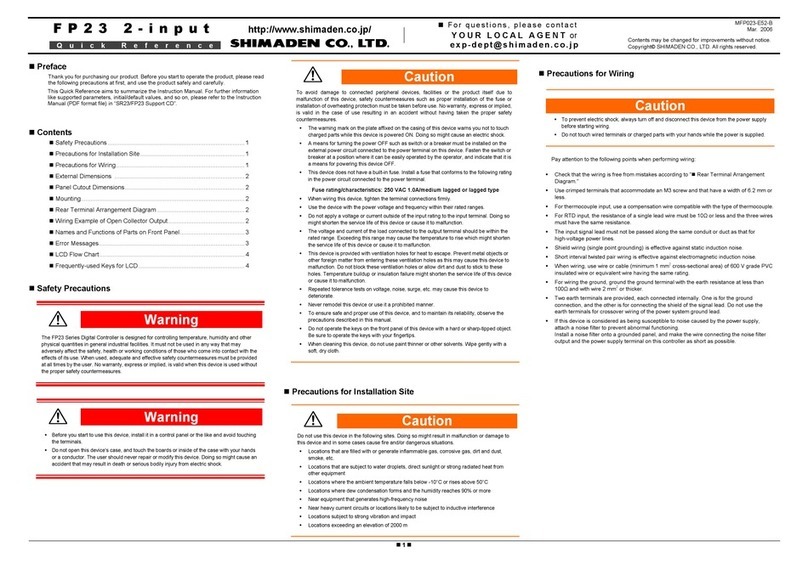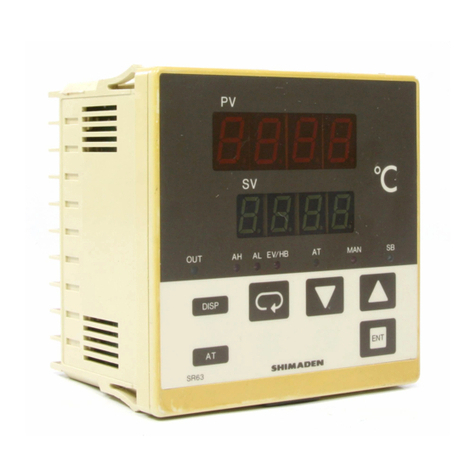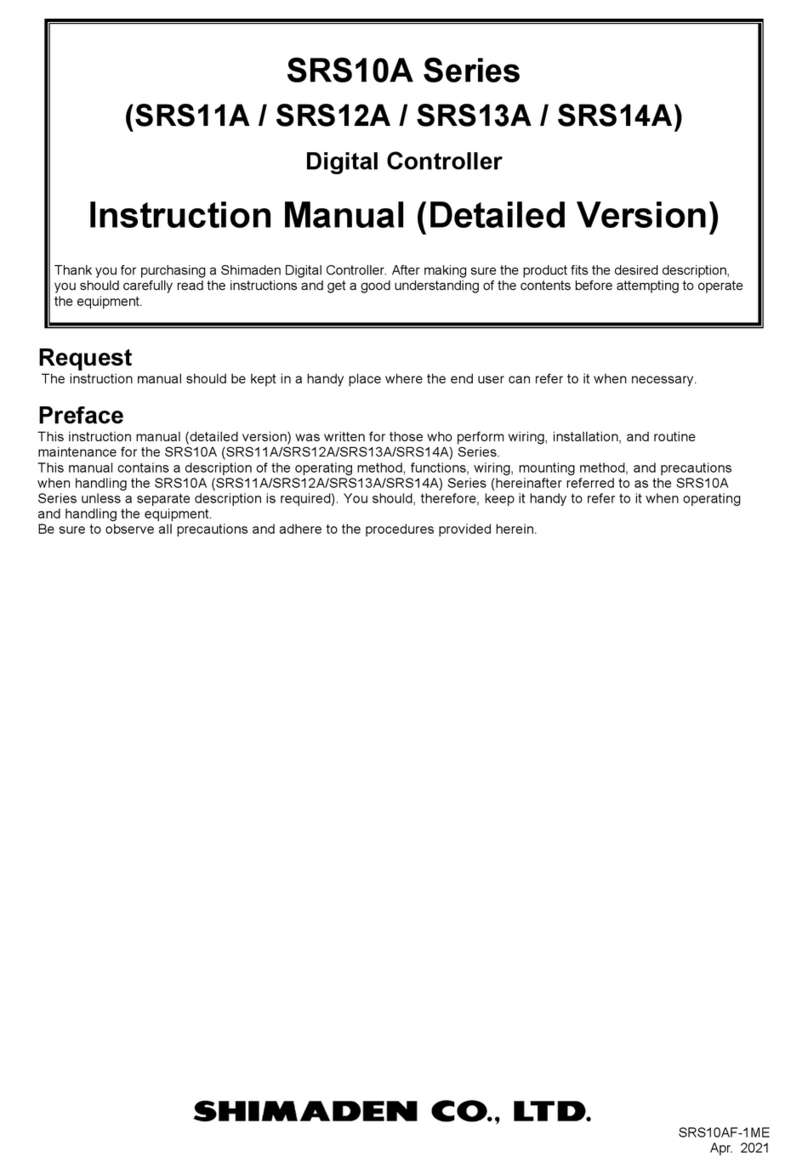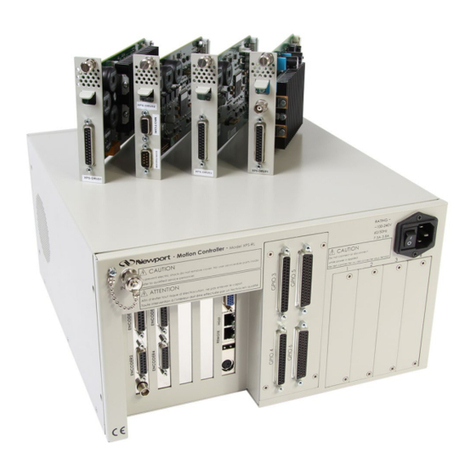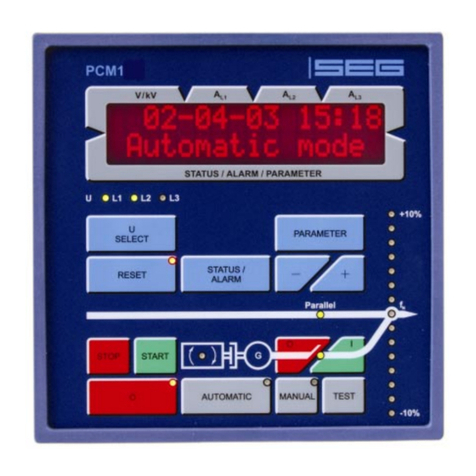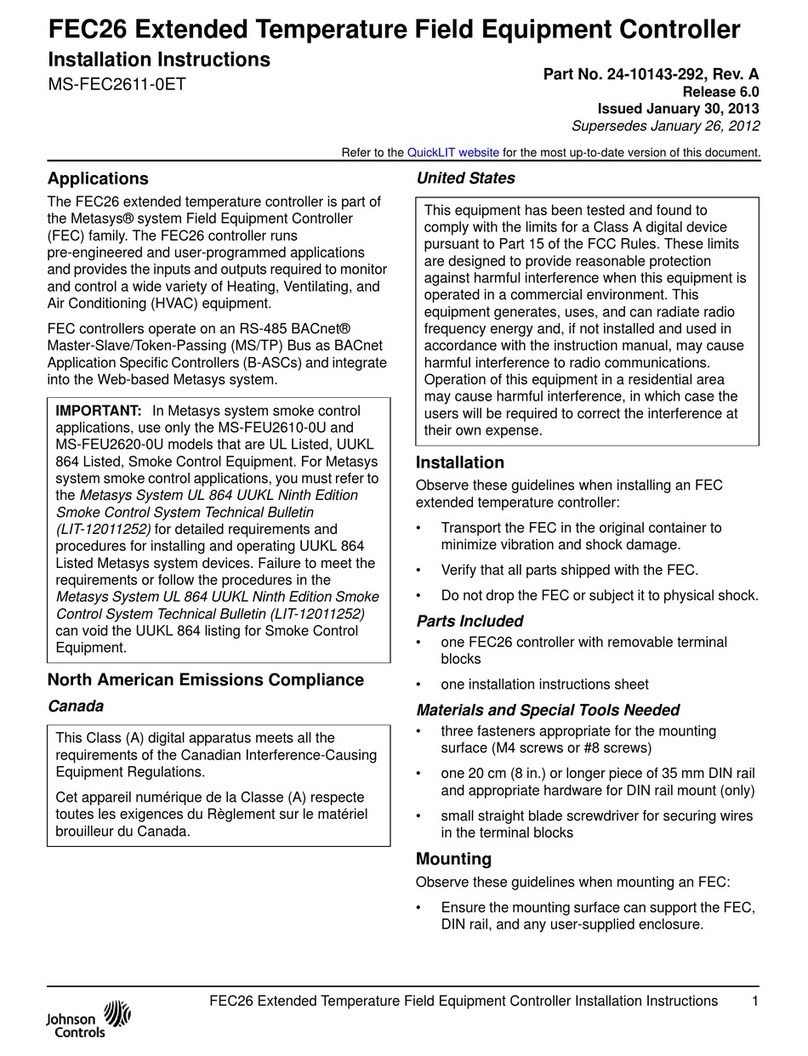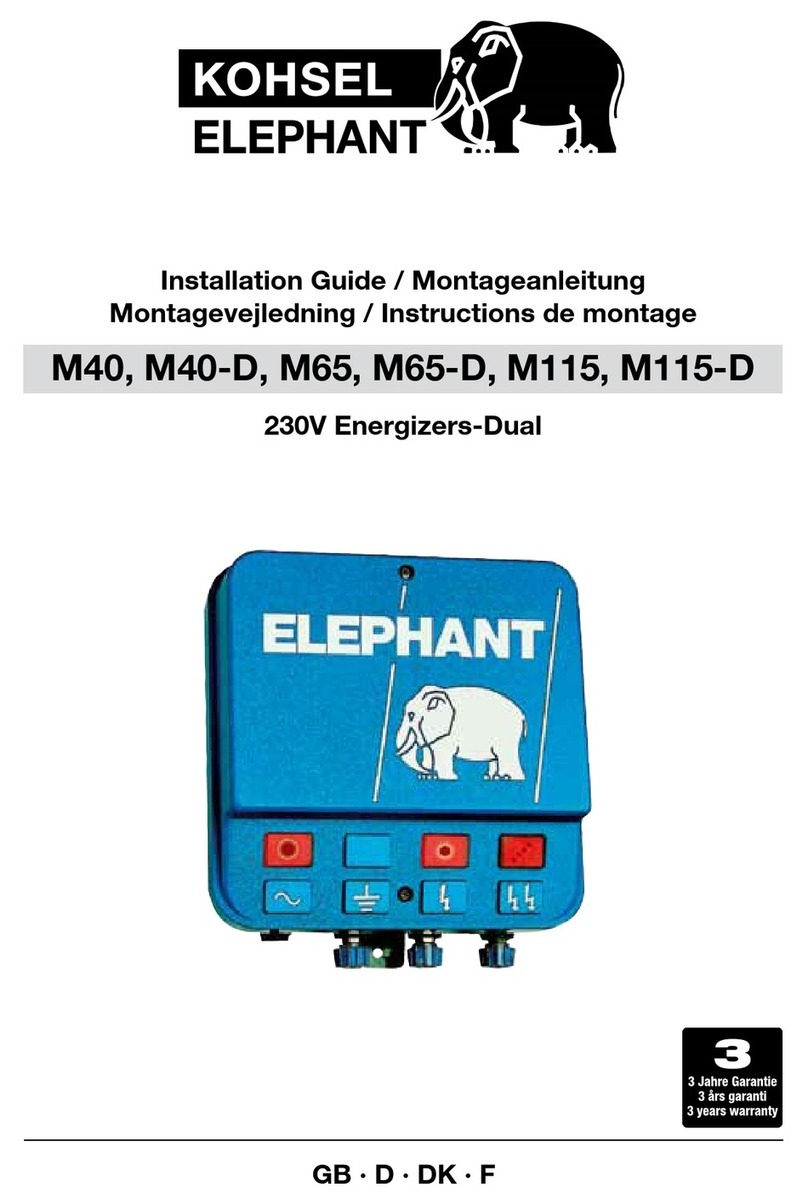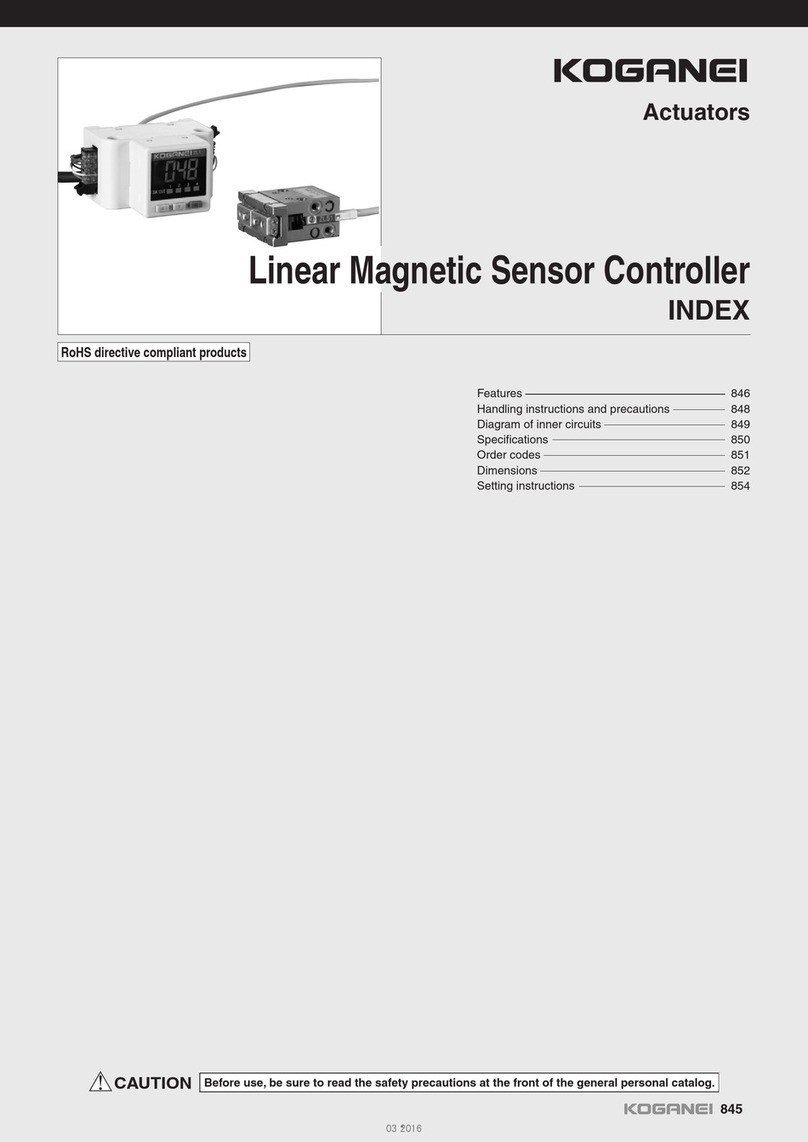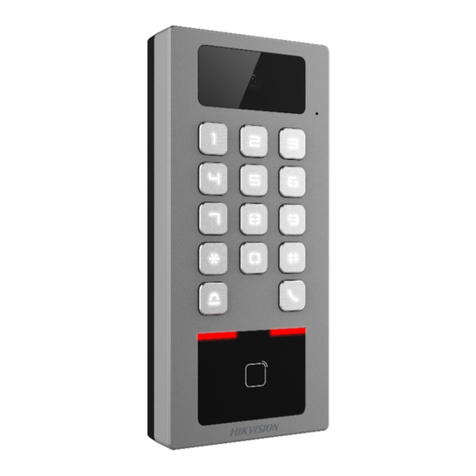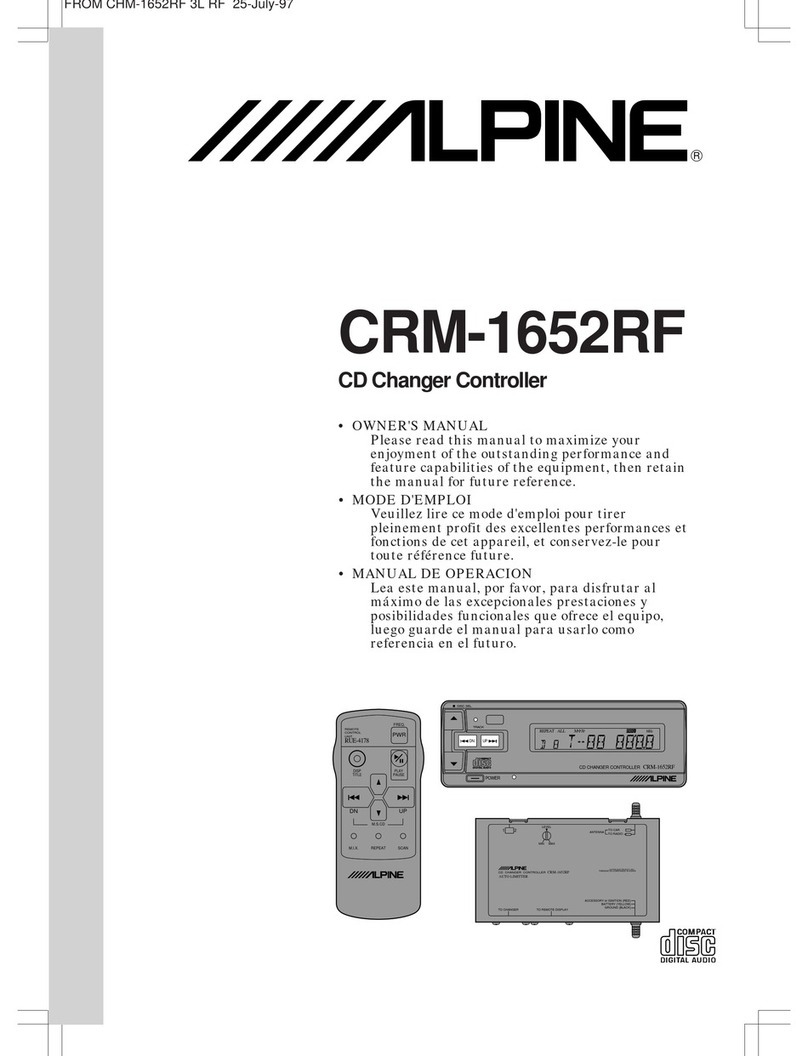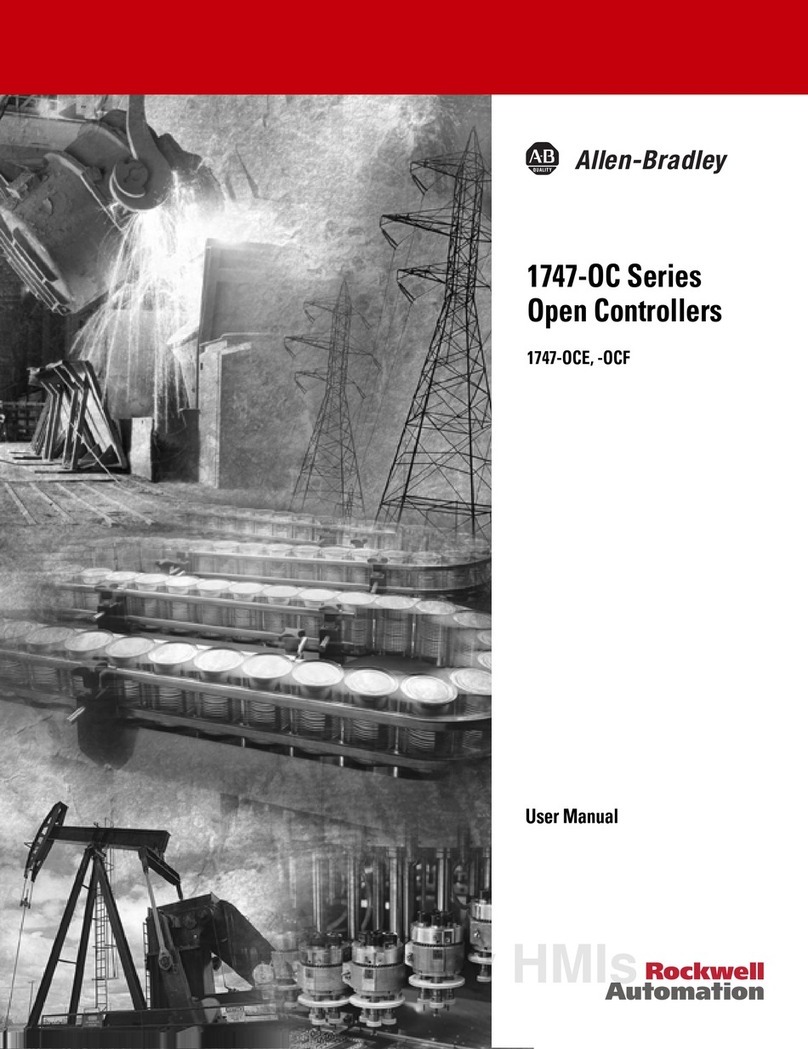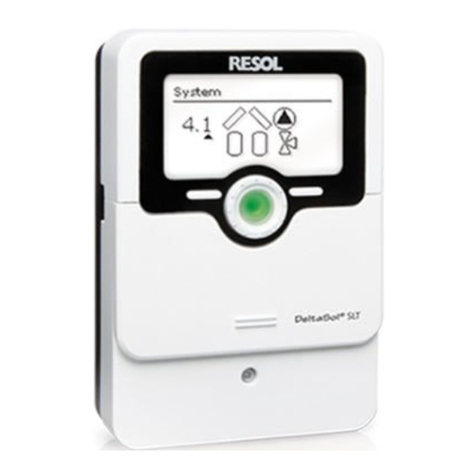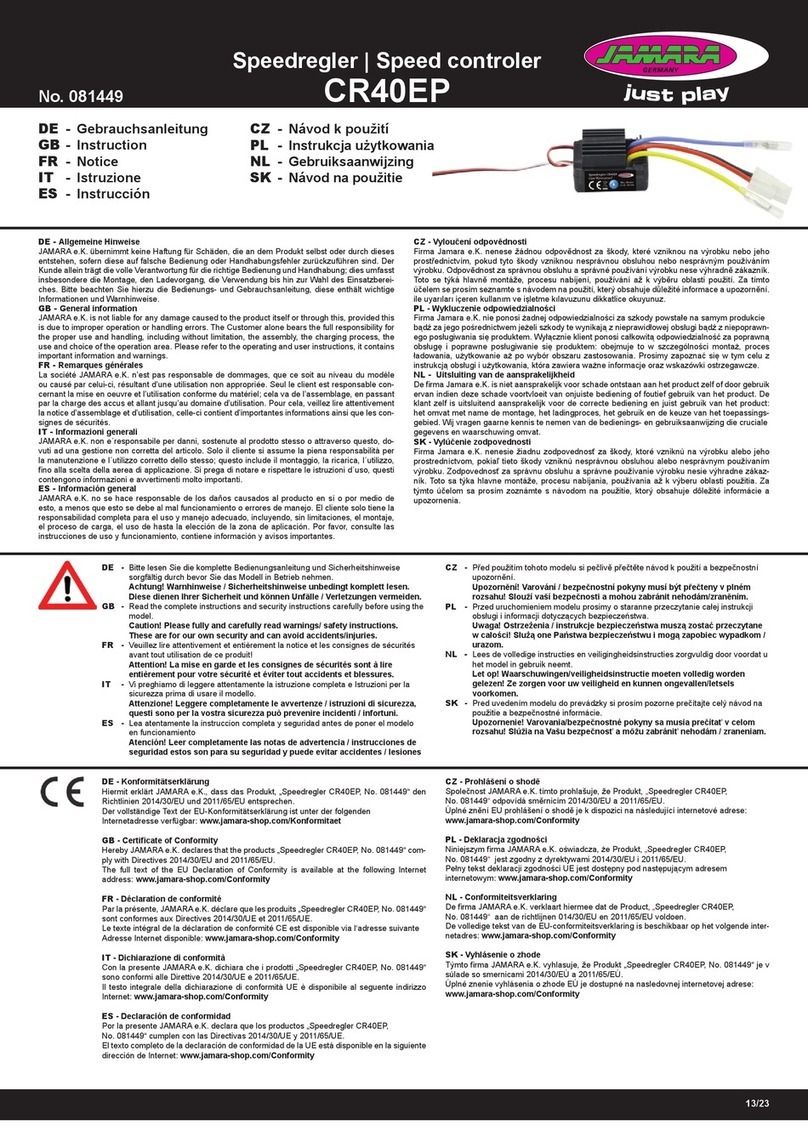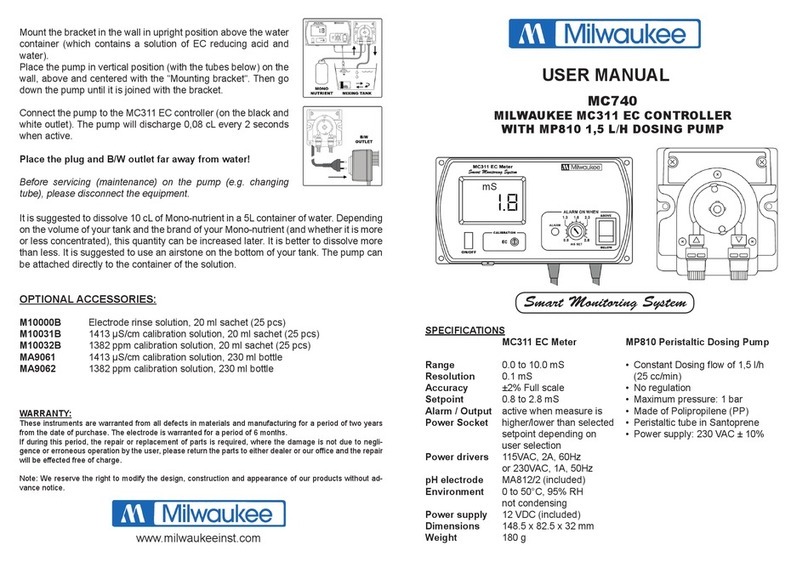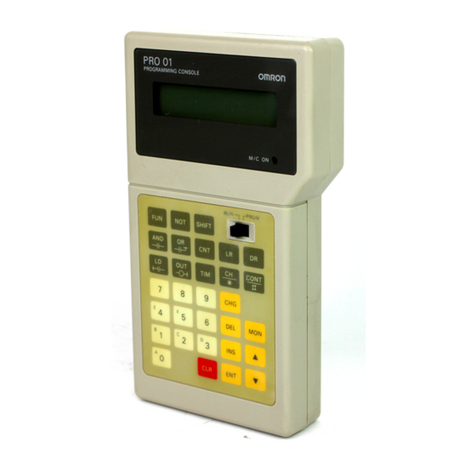
- 1 -
SR1, SR3 Series Digital Controller
Instruction Manual
Please do not begin operating this product until you have read this instruction manual thoroughly and you
understand its contents.
SR1F-1AE
Jan. 2003
Safety Rules
For matters regarding safety, potential damage to equipment
and/or facilities, additional instructions and notes are indicated by
the following headings.
This heading indicates hazardous conditions that could cause
injury or death of personnel unless extreme caution is exercised.
This heading indicates hazardous conditions that could cause
damage to equipment and/or facilities unless extreme caution is
exercised.
NOTE
This heading indicates additional instructions and/or notes.
The SR1, SR3 series digital controller is designed for
controlling temperature/humidity and other physical quantities
of general industrial equipment.
Avoid using it for control of devices upon which human life is
dependant. When used, adequate and effective safety measures
must be taken.
No warranty is valid in the case of an accident arising from the
use of this product without having taken such safety measures.
WARNING
• To avoid damage to connected equipment, facilities or the
SR1, 3 itself due to a fault of the product, safety measures
must be taken before usage, such as the installation of a fuse,
an overheating protection device and the like.
• As a means to turn the power off, a switch or a breaker
(which confirms with IEC 60947) should be installed in the
external power circuit to be connected to the power terminal
of the instrument.
• Since the instrument does not have a built-in fuse, do not
forget to install a fuse in the power circuit to be connected to
the power terminal.
Fuse rating/characteristics: 250V AC 0.5A/medium lagged or
lagged type.
Use a fuse which conforms with IEC 60127.
CAUTION
• Do not use this instrument other than specified.
• Using the instrument other than specified may result in
trouble with the instrument or may cause a fire.
• Voltage/current of a load to be connected to the output
terminal should be within a rated range.
• Do not block the draft hole or allow dust and the like to stick
to the case of the instrument for heat discharge.
A rise in temperature or insulation failure may result in a
reduction of the life of the product and/or problems with it or
may cause a fire.
• Do not operate keys on the front panel with a hard or sharply
pointed object. Operate the keys only by softly touching them
by your finger tips.
• When cleaning the instrument, wipe it gently with a dry cloth.
Never use solvent such as thinner.
CAUTION
1. Introduction
1-1. Check before Use and Confirmation of Model Codes
This product has been fully inspected for quality assurance prior to
shipment. However, you are requested to make sure that there is
no error, damage or shortage of delivered items by checking the
model codes and the external view of the product.
Confirmation of Model Codes
Check the model codes affixed to the case of the product to
ascertain if the respective codes designate what was specified
when you ordered it, referring to the following code table.
1
1
3
3
4
4
5
5
2
2
SR1- -
Series code SR1: 48×48mm DIN
SR3: 96×96mm DIN
Input [8] Thermocouple, R.T.D., mV Voltage,
Multi-input
[6] Voltage: -1~1, 0~1, 0~2, 0~5, 1~5,
0~10V DC
* Will correspond to external mounting
resistance of (250Ω) for current input.
Control output [Y] Contact, [I] Current,
[P] SSR drive voltage, [V] Voltage
Event [1] 1a×2
Remarks [0] Without, [9] With
1
2. About Installation
2-1. Installation
This instrument is created with the premise of being used by
setting on the instrumentation panel. Therefore, please make sure
that the user would not come in contact with the live part of the
power terminals and the like.
2-2. Installation Conditions (environmental conditions)
Note:
This instrument should not be used in any of the places mentioned
below. Selection of any of the places may result in trouble with
the instrument, damage to it or even a fire.
Where flammable gas, corrosive gas, oil mist and particles
that can deteriorate electrical insulation are generated or
abundant.
Where the temperature is below -10°C or above 50°C.
Where the relative humidity is above 90% RH or below the
dew point.
Where highly intense vibration or impact is generated or
transferred.
Where the instrument is exposed to dew drops or direct
sunlight.
Where the instrument is directly exposed to the air of the
heater or the air conditioner.
Where the height is above 2000m.








